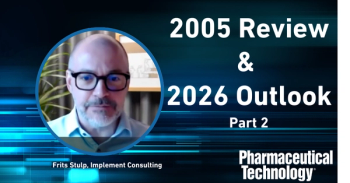
Sandoz’s Rituximab and Etanercept Biosimilars Recommended for European Approval
Sandoz, a Novartis division, announced that the Committee for Medicinal Products for Human Use (CHMP) has adopted positive opinions recommending the approval of its biosimilars rituximab and etanercept in Europe, for the same indications as the respective reference medicines.
Sandoz, a Novartis division,
Studies for the biosimilar rituximab development program included a pharmacokinetic/pharmacodynamic (PK/PD) trial in rheumatoid arthritis patient (ASSIST-RA) and a Phase III confirmatory safety and efficacy study for the treatment of follicular lymphoma (ASSIST-FL). The biosimilar etanercept development program included an innovative Phase III confirmatory safety and efficacy study in moderate to severe plaquepsoriasis (EGALITY), which included three treatment switches between the reference medicine and the etanercept biosimilar.
Sandoz’s biosimilar rituximab, if approved may be used to treat all indications of the reference product, MabThera, which includes non-Hodgkin’s lymphoma, chronic lymphocytic leukemia, rheumatoid arthritis, granulomatosis with polyangiitis, and microscopicpolyangiitis. Sandoz’s other biosimilar etanercept, if approved, may be used to treat all indications of the reference product, Enbrel, which are rheumatoid arthritis, axial spondylo arthritis, plaque psoriasis, psoriatic arthritis, juvenile idiopathic arthritis, and pediatric psoriasis.
Source:
Newsletter
Get the essential updates shaping the future of pharma manufacturing and compliance—subscribe today to Pharmaceutical Technology and never miss a breakthrough.




